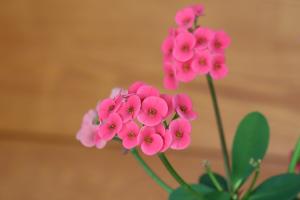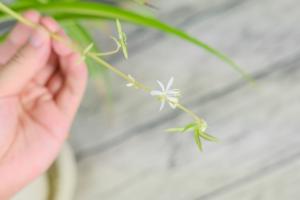Ramet
Because blue fescue prefers a colder environment, it can be divided in the cool season of spring and autumn. When dividing plants, you only need to take the plants out of the soil and cultivate them separately. In this way, the two plants will not compete for nutrients

Pruning
Do not prune in summer

Watering and fertilization
Plants like blue fescue are characterized by strong vitality and can grow well without human care. Blue fescue hardly needs chemical fertilizer to provide nutrients. On the contrary, frequent fertilization will lead to excess nutrition and breed too many dense and miscellaneous branches and leaves, which will affect the beauty. This kind of plant has low requirements for water. In the early stage of planting, that is, the first year, it can be watered from time to time. There is almost no need for artificial watering after the plant is grown. You can pour it on other flowers by the way. The watering frequency should not be too high. If there are plants that need frequent watering, you should deliberately avoid blue fescue, because if the leaves are wet for a long time, it is easy to cause diseases and pests

Pest problem
The probability of this plant changing into disease is not very high, and the pests are mainly those that are not common at ordinary times and move underground. In order to better prevent these troubles, we can leave a little space between them so that they will not be infected. When watering, be careful not to drench the leaves as much as possible. If rust spots are found on the leaves, they must be paid attention to and removed in time


 how many times do yo...
how many times do yo... how many planted tre...
how many planted tre... how many pine trees ...
how many pine trees ... how many pecan trees...
how many pecan trees... how many plants comp...
how many plants comp... how many plants can ...
how many plants can ... how many plants and ...
how many plants and ... how many pepper plan...
how many pepper plan...































